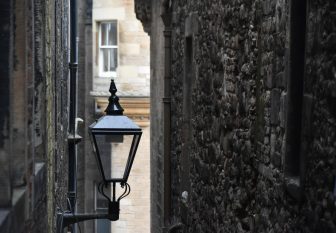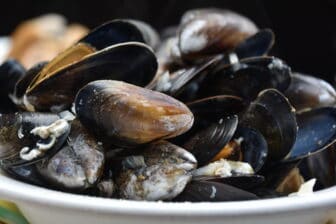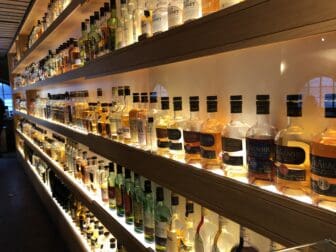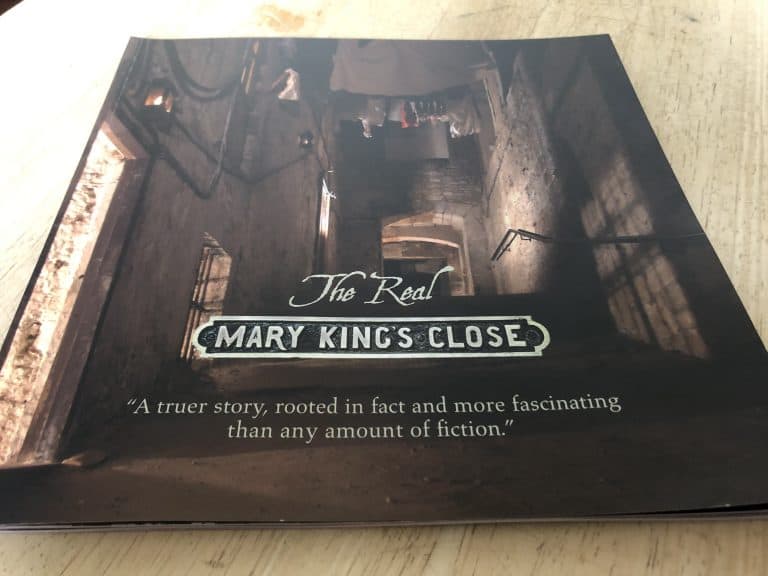
[June 2021] In our Edinburgh‘s guidebook, “The Real Mary King’s Close” is recommended as the next thing to see after the Edinburgh Castle.
I didn’t know exactly what it was after reading it, so to see what it is, we decided to go.
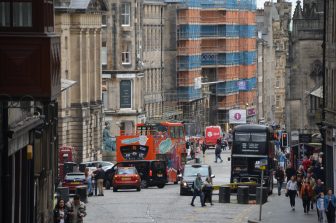
The entrance fee was as expensive as £ 18.95.
Tour was held every 30 minutes, and now because of the Covid, there was a limit of 5 groups at a time.
This attraction is located on the Royal Mile, the main street of the Old Town.
We walked on the slope on and on, but we couldn’t find it and finally ended up at the castle.
That was because the building of the attraction was under construction.
We finally found it and entered.
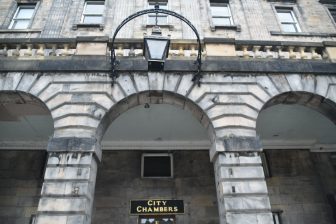
The guide wearing a period costume is said to be a student at a drama school.
Our guide was a petite woman, and she was a little lacking in power.
The floors of each room were marked with A, B, C, D, and E, and visitors could stand in that position to maintain their social distances.
Our tour consisted of 4 groups of 2 people each.
So what is “The Real Mary King’s Close”?
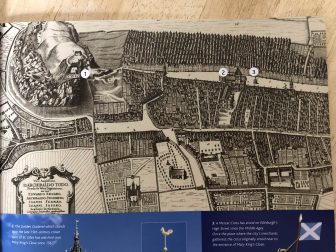
It’s the streets and dwellings that were buried when the building that is now the city chambers was built.
In another words, it’s an underground street where you can feel the traces of the lives of ordinary people in the 16th and 17th centuries.
Unfortunately, taking pictures was not allowed because it’s in the basement of the city chambers, so I bought a guidebook here and posted pictures of the pages.
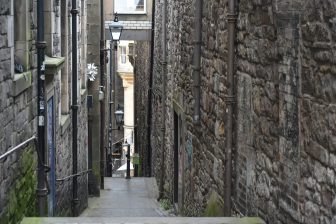
In those days in the history, Edinburgh was centred around the Royal Mile (actually 1.1 miles. apparently the length of 1 mile used to be different in England and Scotland) extending from the castle, and a myriad of narrow alleys called Close were stretched down from there.
This Mary King’s Close was one of them, and in the old days there was a door at the entrance of the alley and it was locked so that only residents could enter at night.
It’s a small site, and the building could not be expanded horizontally, so it stretched up being stacked vertically.
The poor family lived in one room without windows, and the vat in the corner was a toilet.
It was the job of a young member of the family to throw the content away twice a day, in the morning and evening, but they just spilled it outside, so the town was covered with manure all over the place.
There was a real person named Mary King who lived in the first half of the 17th century, and the name was given to the street.
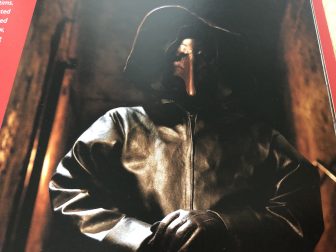
It seems that she was a local celebrity.
Being widowed, she was a successful merchant of fabric and sewing.
She died in 1644, but the name of the Close did not change.
After she died, plague became prevalent.
At that time, it was often thought that the epidemic had spread because of the disorder, but in fact, there was a system to isolate sick people and deliver foods to them, as it is now in this Covid pandemic period.
There was a doctor in charge who took care of the sick people, but most of the time, the doctor himself died of plague.
However, Dr. Rae, who took on the role of a doctor at the end of the epidemic, avoided infection by covering his entire body with leather and stuffing herbs in a bird’s beak-like mask to cover his face, and survived contrary to the expectations of the city authorities.
He was promised a lot of money by the city but wasn’t paid, and after that, Dr. Rae continued to fight for 10 years, and shortly after he was finally paid, he died of tuberculosis.
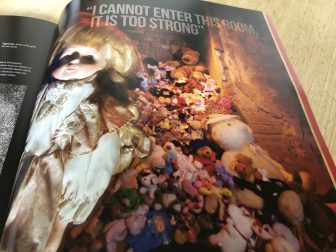
Some believed that he was murdered.
Because it is a dim place, there are many ghost legends.
The most famous is the Annie’s room.
The Japanese psychic, Aiko Gibo visited here and apparently said, “I can’t enter this room because atmosphere is too strong.”
Annie was one of the isolated plague patients, apparently a child who died in pain after being separated from her parents, and she calmed her spirit when Gibo gave her a doll to soothe her.
Since then, it has become customary for visitors to put dolls in this room, and the dolls were piled up in one corner of the room.
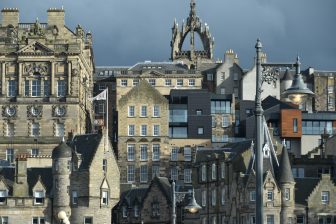
Also, it was said that dogs would not enter a room that was the work place on the upper floor, and some of the visitors who entered here felt the chill.
We did not feel anything particular, though.
The last person who lived in Mary King’s Close was saw-maker, Andrew Chesney, who was forced to leave in 1902.
History is usually about the actions of the powerful people, but here the common people were the main characters.
It was certainly an interesting visit.
Instead of not being able to take a picture, there was a photo shoot at the end, which was sold for £ 10.
Perhaps we were the only ones on our tour who bought it.

